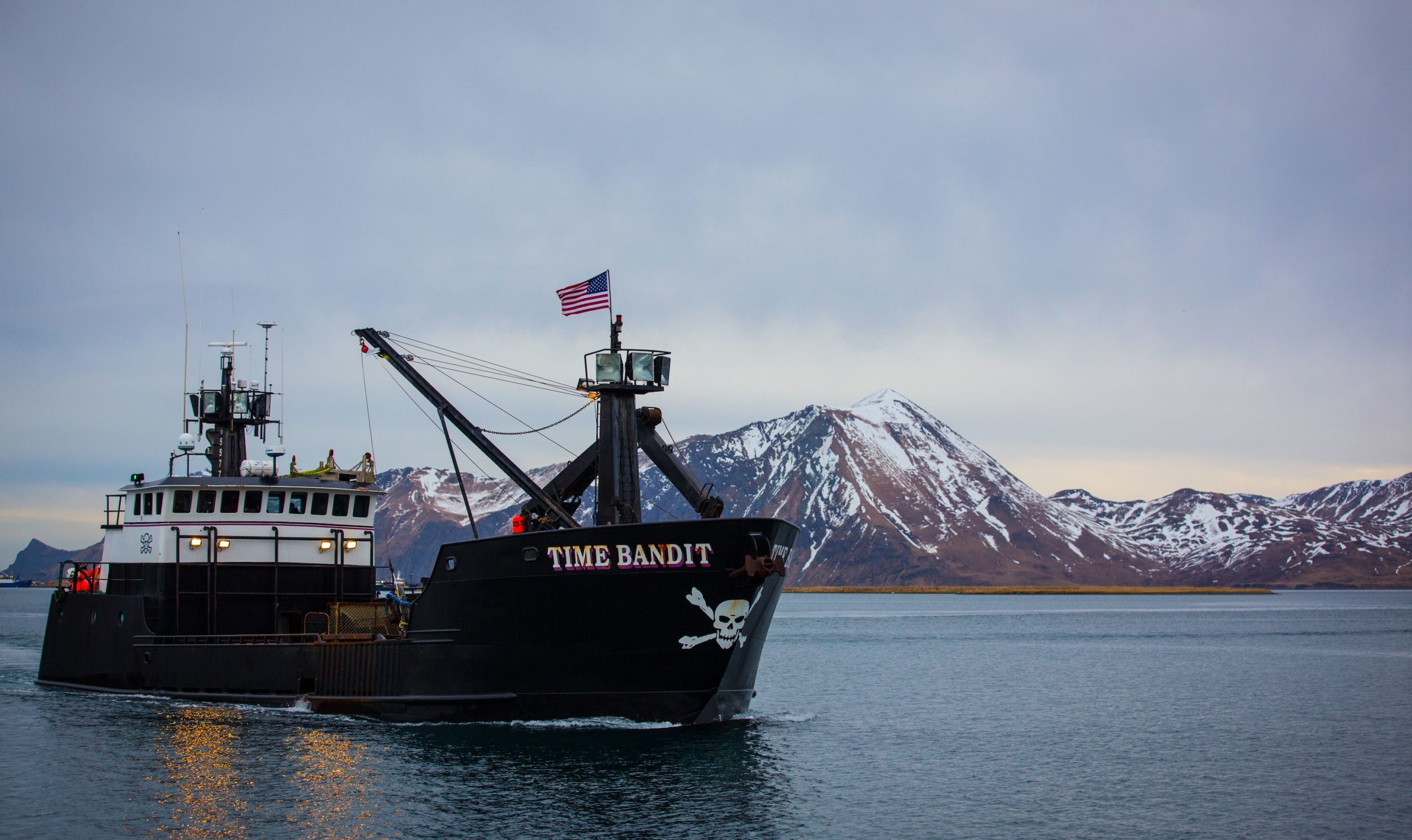You’ve likely heard about it, or maybe even watched an episode of TV’s “Deadliest Catch.” But have you ever wondered what about the names of Deadliest Catch Ships?
The reality series follows several commercial fishing vessels as they try to haul in their biggest catches in order to earn money while battling dangerous storms at sea. While many people watch the show with its huge fan base, not all who watch are fans — there are plenty of haters out there too… including those that work aboard these ships!
So, if you’re interested in knowing how crews get paid for working hard all year long only to see them take risks and sometimes die, keep reading. We’ll go over everything from what is Deadliest Catch to why the show exists to whether or not it’s really real life. Let’s start by looking back at the history behind the show.
What is Deadliest Catch
Each season of Deadliest Catch begins when a captain receives word about his ship being selected to appear on the show. He then prepares for months leading up to filming, which takes place mostly off the coast of Southern California. The cast members also spend time preparing for each challenge throughout the season. Some challenges include high waves, ice floes and rough waters full of sharks. These conditions are extremely difficult to navigate without serious knowledge and skill.
Once production starts, the crew must complete tasks quickly so they can meet deadlines set before each episode airs. Crews usually work 14-hour days, seven days per week, and typically don’t receive overtime pay. And once the cameras stop rolling, the pressure continues, especially since no two seasons are alike. Many times, the crew may be waiting weeks for new orders after shooting ends.
While the show does focus heavily on catching crabs, other creatures such as tuna, halibut, swordfish, and lobster often make appearances as well. As mentioned earlier, however, many crew members dislike the show because the pressure of work causes many accidents, injuries, and deaths every season. In fact, three of the five deadliest episodes were filmed between 2006 and 2007.
Deadliest Catch Boat Names
One thing that sets Deadliest Catch apart from similar shows is the unique naming convention used when describing vessels. Instead of identifying a specific type of ship — say, charter yacht — the name chosen generally describes what the owner hopes will happen that season. For instance, the fictional Sea Star is named after the main character from Disney’s movie “Pirates of the Caribbean.” Other examples include Tasty Apple, Steel Maw Blows Wharf, Big Red Cheese, Spicy Susan and Black Widow Sally.
There are dozens of additional names associated with particular ships, and owners use them to describe their goals for success in upcoming episodes. If you want to identify a certain ship based on its appearance alone, you might notice that many of the larger boats feature names containing words such as “Boomerang” and “Stingray.” Owners choose names that inspire confidence and hope for good results.
Another interesting aspect of the show involves choosing nicknames for characters. Nicknames can range anywhere from a short description to a catchy phrase. Each person chooses a nickname based on something they think others might call them. Most commonly, though, these monikers come directly from owners or other participants within the crew itself. There’s even a term for choosing a nickname: seacastin’. A seacastin’ refers to a nickname given to a person whose parents chose it themselves instead of accepting one suggested by peers or superiors.
Is Deadliest Catch Real?
According to producer Mark Gordon, Deadliest Catch isn’t entirely scripted. Producers do create storyboards before preproduction meetings with the actors. Once filming officially begins, however, they decide how much goes unscripted during scenes that involve actual events.
Despite claims to the contrary, Deadliest Catch has been criticized for placing unnecessary risk onto unsuspecting crewmembers. Although some argue that the show gives viewers unrealistic expectations, experts disagree. According to Dr. David Strachan, professor emeritus at Dalhousie University in Halifax, Nova Scotia, the show simply reflects the realities faced by modern commercial fishing industry leaders.
An individual can easily lose his job and live paycheck to paycheck regardless of location. Therefore, he believes the show serves as an important reminder to follow safe procedures at all times.
Critics of the show also point out that many of the accidents occur far below deck, where the majority of camera shots aren’t captured. Because of this, it’s easy to blame bad decisions on unseen factors rather than direct attention toward obvious mistakes.
Nevertheless, the show remains enormously popular across the world. Even if some criticize it for putting needless lives at risk, millions tune in each month to witness the drama unfold.
